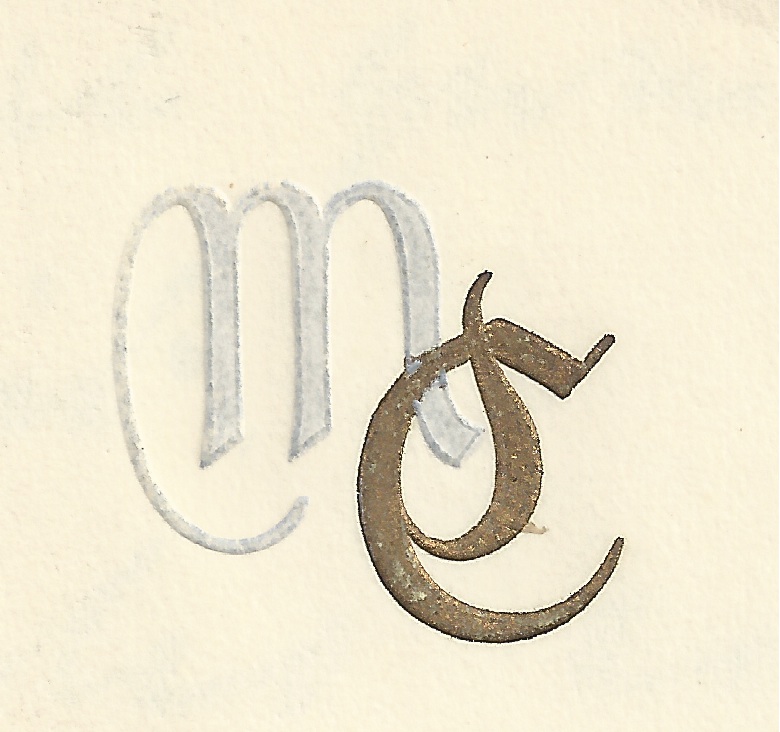
The life and legacy of the best-selling Victorian and Edwardian Novelist.
Home
mariecorelli.org.uk
The website has been rebuilt and re-launched for the Corelli centenary in 2024, with more content to be added over the next few months. We hope you find it informative and enlightening.
Introduction to Marie Corelli
In the 1890’s Marie Corelli’s novels were eagerly devoured by millions in England, America and the colonies. Her readers ranged from Queen Victoria and Gladstone, to the poorest of shop girls. In all she wrote 25 novels, the majority of which were phenomenal best sellers. Despite the fact that her books were either ignored or belittled by the critics, at the height of her success she was the best-selling and most highly paid author in England.Following her death in 1924, the news headlines shrieked, ‘Who was Marie Corelli?’ Her past was concealed by the fog of so much obfuscation and rumour that it was impossible to discover the truth, and some facts concerning her origin are still open to question.
Born in 1855, the illegitimate or adopted daughter of Charles Mackay, Mary or 'Minnie' Mackay was desperate to escape the shame of her birth. By the time she published her first novel in 1886, The Romance of Two Worlds, she had created a different narrative for her origins and changed her name to Marie Corelli. She rapidly achieved popular success with her books, and wrote one of the first best-sellers published in a single-volume The Sorrows of Satan in 1895, defining the format of the modern novel.
In 1899 after a serious illness and sick of the ‘spite and meanness’ in London, she moved to Stratford-upon-Avon with her devoted companion, Bertha Vyver. In Stratford, Marie Corelli took up the cause of protecting Shakespeare’s legacy, opened fetes, and discovered a gift for public speaking. Unfortunately the eager enthusiasm with which she got involved in local issues, and an apparent lack of sensitivity did not endear her to many of the town’s male dominated hierarchy. Nevertheless, she bestowed money on many worthy causes, and became one of the first true conservationists, helping to preserve the towns heritage.
When she died on the 21st April 1924 crowds gathered outside her home, Mason Croft. The press capitalised on her outstanding popularity, but lacking many hard facts they invented stories about her origins. Her faithful companion, Bertha, survived her until 1941 following which the house and contents were sold at auction. Fortunately a large collection of documents, including manuscripts, letters, and photographs reside in the Shakespeare Birthplace Trust archives in Stratford-upon-Avon, and her house is now occupied by the Shakespeare Institute.
Today she is once again being recognised for her extraordinary place in Victorian literary society, and by her adopted home town of Stratford-upon-Avon. Her ability to captivate the reading public of her age is a subject of academic study in an attempt to re-examine and re-define her literary legacy.
Click on the buttons below for more information on her life or work, or return to the top of the page for other menu items.
mariecorelli.org.uk

Born: 1st May 1855, London.
Works: 25 novels plus short stories, essays, poems, articles in periodicals, speeches and letters.
Genres: Romance, spiritualism, mysticism, fantasy, science fiction, religion.
Principal Homes:
Died: 21st April 1924, Stratford-upon-Avon.
Name: Generally accepted to have been born Isabella Mary Mills, although an alternative theory suggests she was Caroline Cody at birth. Known as 'Minnie' Mackay as a young girl. At the age of 20 she assumed the name of Marie Corelli.
Parentage: The adopted or illegitimate daughter of Dr Charles Mackay, Scottish poet and journalist, and his second wife Mary Elizabeth Mills.
Family: Siblings from her father's first marriage; Charles Bruce [b.1833], George Eric [b.1835], Robert [b.1837], and Rosa Jane [b.1838]. She neither married nor had any offspring.
Works: 25 novels plus short stories, essays, poems, articles in periodicals, speeches and letters.
Genres: Romance, spiritualism, mysticism, fantasy, science fiction, religion.
Principal Homes:
Fern Dell Cottage, Box Hill, Surrey.
47 Longridge Road, Kensington, London.
Mason Croft, Church St, Stratford-upon-Avon.

